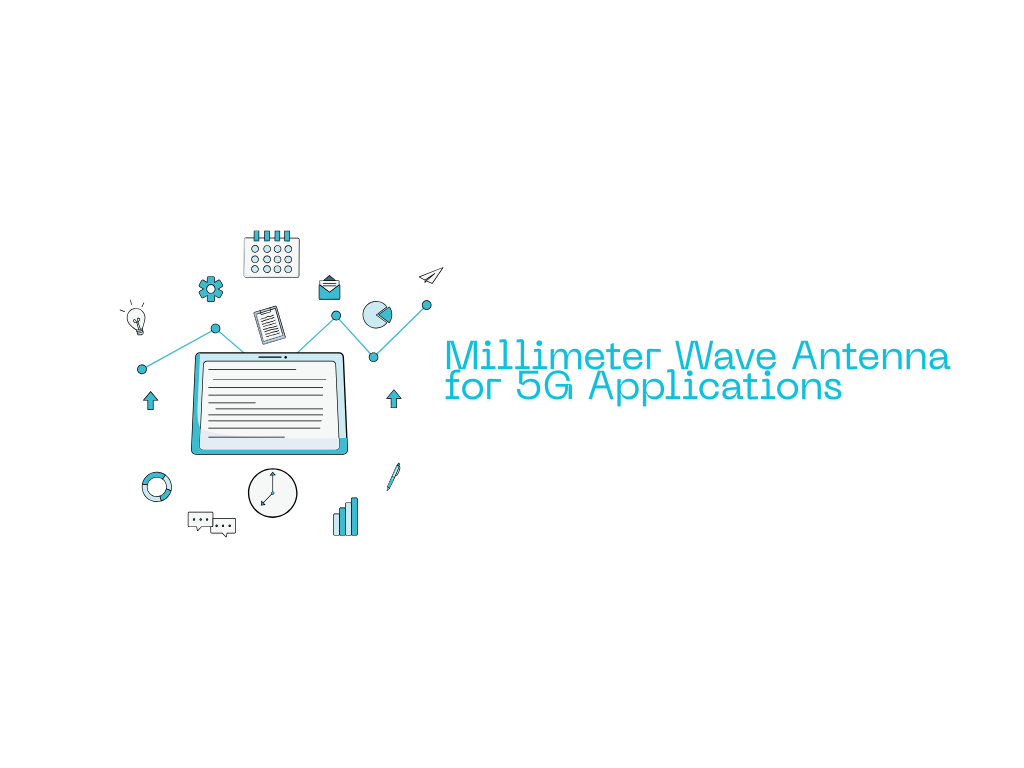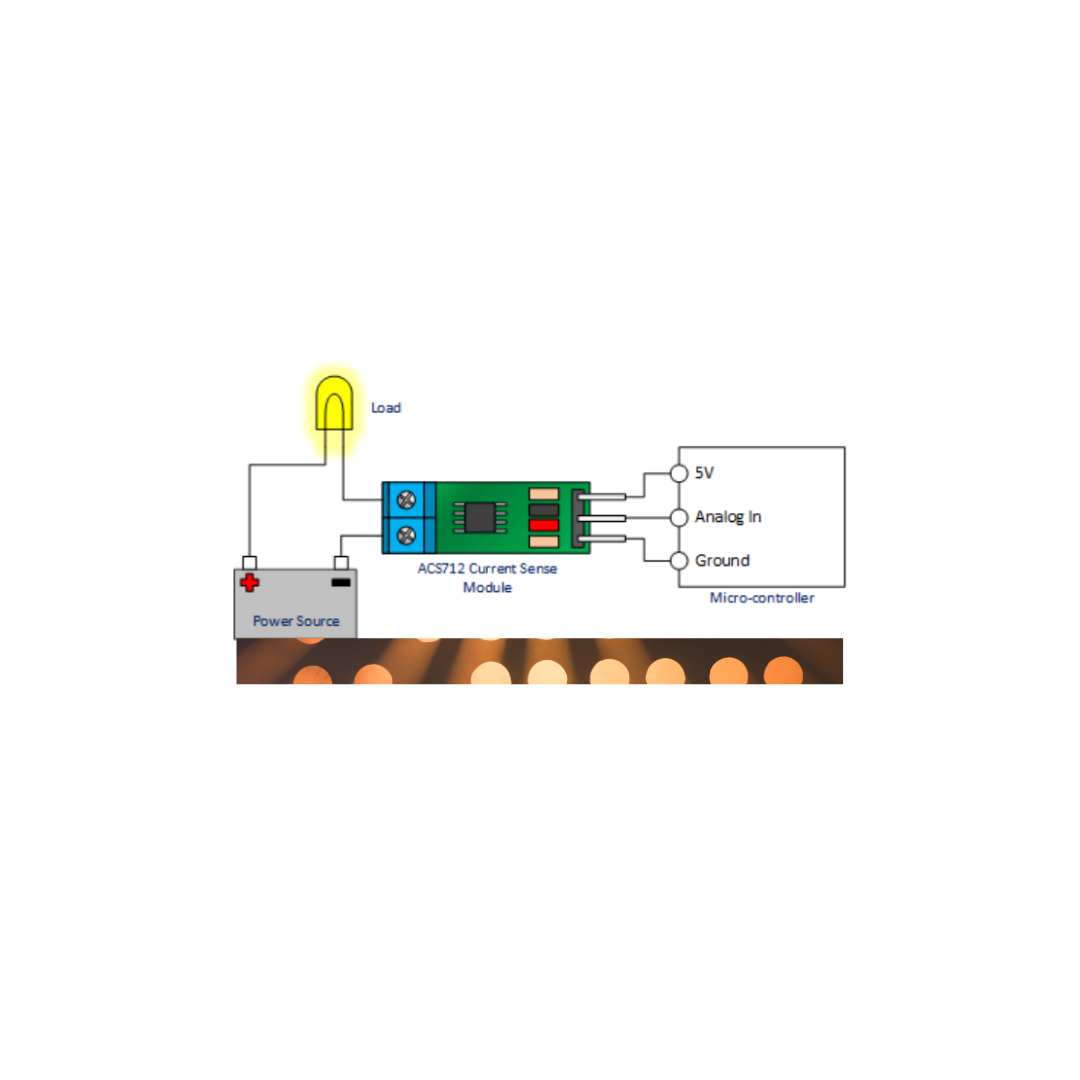The rapid advancement of 5G technology has driven demand for high-performance antennas that can operate in the millimeter-wave (mmWave) frequency band—particularly around 28 GHz. This project involves the design, simulation, and analysis of a microstrip patch antenna optimized for 5G mmWave applications. Millimeter Wave Antenna for 5G Applications.The antenna is designed and simulated using CST Studio Suite to evaluate key performance metrics, including return loss, VSWR, gain, bandwidth, and radiation pattern. The study also explores a 2×2 MIMO configuration to enhance signal diversity and isolation.
Objectives -Millimeter Wave Antenna for 5G Applications
Design a compact microstrip patch antenna operating at 28 GHz.
Simulate the antenna using CST Studio Suite or Ansys HFSS.
Analyze key performance parameters such as S11, VSWR, and gain.
Extend the antenna design to a 2×2 MIMO array.
Compare the simulation results with theoretical expectations.
Tools and Materials – Millimeter Wave Antenna for 5G Applications
Software: CST Studio Suite or Ansys HFSS
Substrate: Rogers RT/duroid 5880 (εr = 2.2, height = 0.79 mm)
Operating Frequency: 28 GHz
Radiating Material: Copper
Antenna Design Methodology
Design Calculations
Patch Width (W):
𝑊
=

Effective Length (L_eff) and Actual Length (L):
𝐿
=
𝐿
eff
−
2
Δ
𝐿
≈
2.5
mm
L=L
eff
−2ΔL≈2.5 mm
Simulation Setup (CST/HFSS)
Antenna Geometry: Rectangular patch on dielectric substrate
Ground Plane: Positioned on the bottom layer
Feeding Method: Microstrip line feed
Frequency Range: 24 GHz to 32 GHz
Simulation Results

Radiation Pattern:
Directional beam
Main lobe centered at boresight
Half-Power Beamwidth (HPBW): ~60°
MIMO Extension (Optional)
Configuration: 2×2 Microstrip Patch Array
Element Spacing: λ/2 at 28 GHz
Isolation Between Elements: > 25 dB
Envelope Correlation Coefficient (ECC): < 0.005
Combined Peak Gain: Up to 9.5 dBi
Applications
5G Smartphones and Devices
Small-Cell Base Stations
IoT Communication Nodes
High-Speed Wireless Networks
Vehicle-to-Everything (V2X) Systems
Advantages
High bandwidth and data rate capability
Compact and lightweight design
High gain and directional performance
Scalable for MIMO and beamforming applications
Conclusion
This project successfully demonstrates the design and simulation of a microstrip patch antenna optimized for 28 GHz 5G applications. The design exhibits excellent return loss, gain, and efficiency. By expanding to a MIMO configuration, the antenna system can further improve communication performance in real-world scenarios. Future enhancements include fabrication, physical testing, and implementation of frequency reconfigurability.Millimeter Wave Antenna for 5G Applications
References
Balanis, C. A., Antenna Theory: Analysis and Design
IEEE Xplore – 5G Millimeter Wave Antenna Papers
CST Studio Suite Documentation
ResearchGate – mmWave Patch Antenna for 5G
MDPI – U-Shaped MIMO Millimeter wave Antenna for 5G Applications
Optional Enhancements
Integrate a Defected Ground Structure (DGS) to increase bandwidth.
Add slots for dual-band operation (28 GHz and 38 GHz).
Implement frequency reconfiguration using PIN diode.



